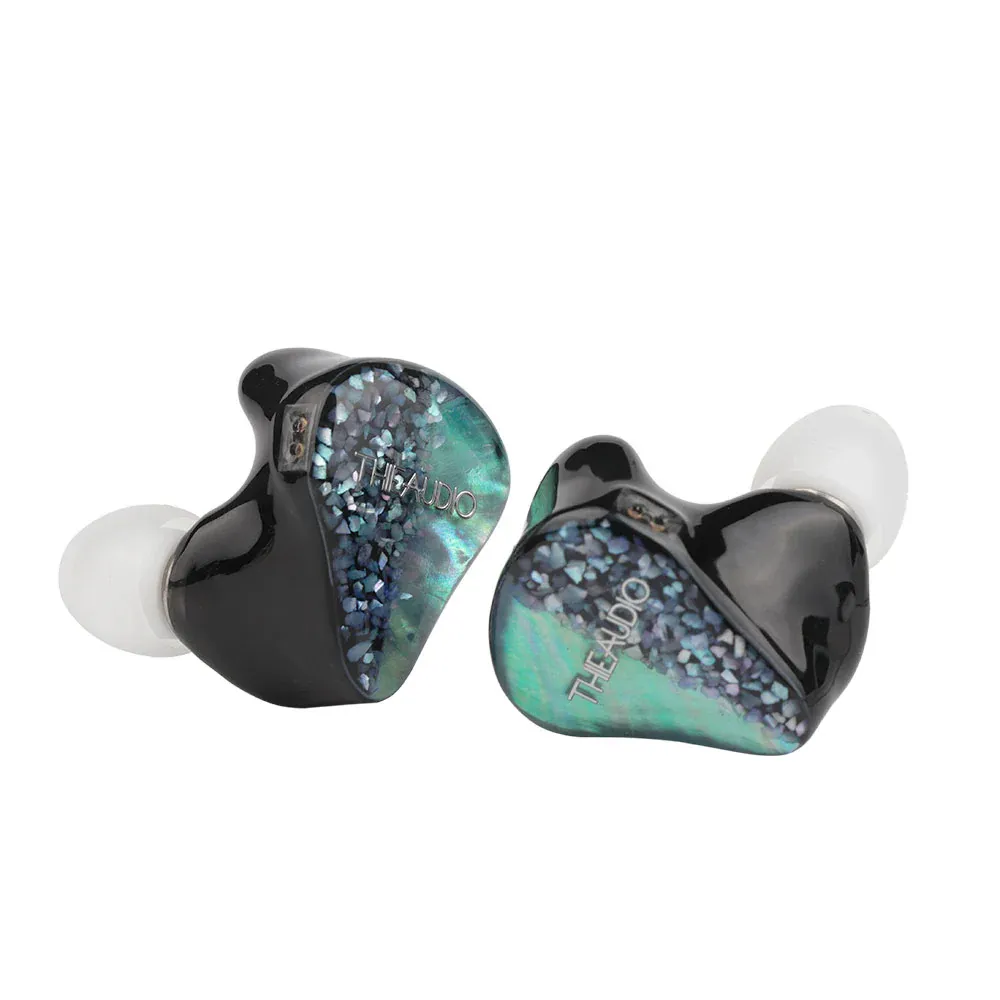Cantorvs.Clairvoyance
Sound & Specs Comparison
Information
Both IEMs are widely regarded in the audiophile community. See how they differ in terms of sub-bass response, upper mids, clarity, and overall tonality. Spider charts and rating breakdowns included.
Objective Comparison
Facts, details, stuff.
| General Info | Cantor | Clairvoyance |
|---|---|---|
| Brand | AFUL | Thieaudio |
| Country | Taiwan | China |
| IEM Description | The AFUL Cantor combines technical precision with musicality in a hybrid design. Featuring a dynamic driver for powerful bass and multiple balanced armatures for clean mids and sparkly highs, it delivers a spacious soundstage with excellent separation. Tuning leans slightly toward a balanced-bright signature, making it a solid choice for detail lovers who still want some low-end punch. | The ThieAudio Clairvoyance is a tribrid IEM. It delivers a masterfully tuned, coherent sound with lush mids, airy treble, and articulate bass. Renowned for its holographic staging and tonal balance, the Clairvoyance offers a refined, engaging, and highly resolving listening experience. It's widely regarded as a benchmark in the sub-$1000 category, blending technical prowess with musicality. |
| Price Level | 500 – 1.000 | 500 – 1.000 |
| Housing & Driver | ||
|---|---|---|
| Driver Config | Multi-BA | Tribrid |
| Driver Types | Balanced Armature | – |
| Shell Material | – | CNC-machined (unspecified, likely resin/titanium) |
| Cable | 4Braid 5N OFC Cable | 4-core Litz 5N OCC silver‑plated cable |
| Technical | ||
|---|---|---|
| Freq Range | – | Extended treble up to ~80 kHz |
| Impedance (Ω) | 20 | 32 |
| Sensitivity (dB) | 106 | 110 |
| Crossover | RLC Network Electronic Crossover | 4-way passive with 4 acoustic bores |
| Platform Info | ||
|---|---|---|
| Comments | 1 | 0 |
| Visit Count | 128 | 174 |
| External Reviews | 1 | 1 |
Meta Ratings
// Nothing to compare yet.
Sound Characteristics
Cantor delivers m tighter sub-bass response, controlling low-end rumble with more precision than Clairvoyance (8.5 vs 7). It renders bass with m greater punch and separation, where Clairvoyance sometimes feels bloated (9 vs 7.5). It achieves a better warmth and coherence in the lower mids, bringing more realism to guitars and cellos (8.5 vs 7.5). Clairvoyance reproduces female vocals and strings with s more air and forwardness, while Cantor remains recessed (8.5 vs 8). It offers a greater shimmer and nuance in the lower treble, revealing micro-details that Cantor misses (8.5 vs 8). The highest frequencies on It feel a more natural and less rolled-off compared to Cantor (9 vs 7.5). Cantor extracts low-level details a more effectively, helping subtle nuances emerge clearer than on Clairvoyance (8.8 vs 8). Notes on Clairvoyance feel c more grounded and weighty, whereas Cantor can sound thin or hollow (8.5 vs 7.5). Listeners may experience d fewer sharp edges in 'S' and 'T' sounds with Cantor, whereas Clairvoyance can get fatiguing (8.5 vs 7). Clairvoyance presents instrument timbre with a more natural coloration, giving a realistic tone that Cantor lacks (8 vs 7.5). Cantor achieves a better tonal neutrality, avoiding colorations present in Clairvoyance (8.8 vs 8). Subtle ridges and granularity are conveyed s more clearly on Clairvoyance, adding life that Cantor doesn’t quite match (8.5 vs 8).
| Cantor | Clairvoyance | |
|---|---|---|
| Sub Bass | 8.5 | 7.0 |
| Bass | 9.0 | 7.5 |
| Bass Feel | 8.5 | 8.5 |
| Lower Mids | 8.5 | 7.5 |
| Upper Mids | 8.0 | 8.5 |
| Lower Treble | 8.0 | 8.5 |
| Upper Treble | 7.5 | 9.0 |
| Sound Stage Width | 8.0 | 8.0 |
| Detail | 8.8 | 8.0 |
| Layering | 8.3 | 8.5 |
| Masking | 8.0 | 8.0 |
| Note Weight | 7.5 | 8.5 |
| Slam | 8.5 | 8.5 |
| Sibilance | 8.5 | 7.0 |
| Timbre Color | 7.5 | 8.0 |
| Tonality | 8.8 | 8.0 |
| Texture | 8.0 | 8.5 |
Tonal Signature
// Nothing to compare yet.

